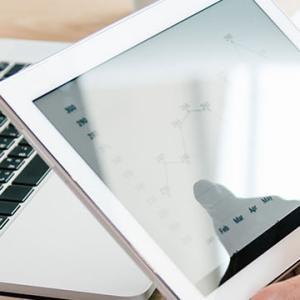Wearable technology is more than just Google Glass and fitness trackers – it’s the way the healthcare industry is headed in providing bespoke, ongoing patient care.
Already, some hospitals and clinics are using this kind of technology to encourage their patients to meet daily movement goals, as well as monitor statistics such as heart rate and blood pressure. Patients can even use a smartphone-assisted ECG device to monitor and log data about their heart rhythms.
So how does access to this data help provide better healthcare, and will patients engage with the technology?
Identify illness and changes in health – before a patient has set foot in your medical centre
Remote reporting from patients using wearable technology and dedicated healthcare apps marks the start of a constant, ongoing conversation between practitioner and patient – through sickness and through health. This data will help to pick up on potentially dangerous changes to a patient’s health as soon as their health begins to turn – in some cases, before the patient even begins to show symptoms. Google’s hotly anticipated smart contact lens, for instance, will make monitoring blood glucose levels an automated activity – making diabetes management exponentially easier.
How often, while treating a patient, have you thought about how much more effective treatment would be if the ailment were recognised earlier? How often have you wished patients would not wait until they have reached a critical condition before seeking assistance managing their health?
Automatic notifications could advise both you and your patient that you need to address the change in data, avoiding greater health concerns down the track. And, when making your diagnosis, you could remove any traces of doubt about how you need to manage the patient’s health.
Healthcare monitoring, in the palm of a patient’s hand
Wearable technology and mobile apps could also have the potential to be even more preventative than intended. When patients frequently think of recording and reporting their data, they may be more likely to be proactive with their own health, rather than only being concerned when they are faced with symptoms of illness.
Patients who receive notifications or reminders from their technological devices are more likely again to manage their own health better, and avoid serious illness and lengthy hospital stays.
The fact that the technology is integrated into, or attached to, the technology that many people already use daily (such as smartphones) also boosts the likelihood of ongoing use by patients. Apple’s Health app condenses data about fitness, nutrition and vital statistics in one easy to use platform.
Lead the way to the future through patient-managed health tech
As Australians are living longer and longer, we also want to spend our extended lifespans healthy and active. The proactive nature of this technology is one way to assist that goal. You could lead the way of wearable healthcare technology and self-reporting in Australia, and improve the country’s golden years.
Learn the skills you’ll need to be an industry leader and make your great ideas a reality by undertaking our Online Master of Healthcare Leadership or MBA in Health Services Management. You may even graduate after just one year of part-time study (depending on the amount of advanced standing you qualify for), so you can start changing lives before you know it.
Speak to one of our Student Enrolment Advisors to find out more. We’re available Monday to Friday on 1300 863 819.







